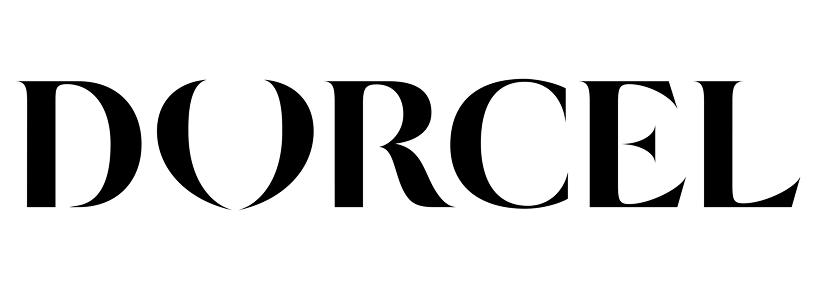Can you tell us about your role at 1979 MEDIA?
As CTO, I oversee the entire audiovisual chain: post-production, archiving, TV channels, broadcasting, and global client deliveries — as well as IT security and technology strategy. My job is to make sure every stage of the process is efficient, secure, and capable of meeting the highest broadcast standards.
How did you first discover Capella and Cambria FTC?
I first encountered Capella years ago at IBC, while looking for a replacement for Rhozet Carbon Coder. Right away, I saw they had the expertise and mindset to develop a better solution — one that could evolve with the industry.
What convinced you to choose Cambria FTC?
The decision came down to two things: partnership and performance.
Capella’s team doesn’t just sell software — they collaborate. Our feedback helped shape features that improved compatibility with the wide range of formats and exotic codecs we receive from studios. That kind of responsiveness is rare.
The second factor was quality. FTC’s use of x264 and x265, combined with fine-tuning controls, consistently gave us the best output after rigorous comparisons. For our clients, that level of precision is non-negotiable.
But the real game-changer was frame rate conversion. Delivering content globally means we’re constantly moving between 23.98, 25, and 29.97 fps. With other systems, conversions introduced double frames, duration drift, or visible artifacts. Capella developed a motion- compensated filter that solved it. The results are stunning — footage looks like it was natively shot in the target frame rate, with perfect duration matching. Whether it’s integrating drone shots into a 25p timeline or prepping masters for different regions, this tool has transformed our workflows. It remains the best cross-conversion solution we’ve ever used.
Was the pricing model also attractive?
Yes. The per-machine perpetual license model was straightforward, predictable, and fair. Even more importantly, the flexibility to migrate a license to new hardware as we upgrade means better performance without additional licensing costs. That gave us both value and scalability.
How does FTC fit into your daily operations?
FTC is everywhere in our workflow. It’s essential for NTSC ↔ PAL conversions, it supports our editing environment, and it handles mastering and delivery to TV channels, IPTV, and OTT platforms. Our masters are often ProRes 4K, but we also see DNxHD and legacy formats like MPEG-2 PS. FTC handles them all smoothly. And the motion-compensated frame rate filter? We use it every single day.
How has it changed the way you work?
Stability is the biggest improvement. FTC can run at full load for weeks without issue. When something does fail, the queuing system makes it easy to spot and restart jobs. Plus, it integrates neatly with subtitles and scripting, saving time on specialized workflows. In short, it’s cut complexity, improved turnaround, and freed the team to focus on creative and client-facing tasks.
What was onboarding like?
Quick and painless. The interface is intuitive, the learning curve minimal, and when we had questions, Capella’s support was fast and effective. Direct access to real experts made the rollout seamless.
Has Cambria FTC met your expectations?
It’s exceeded them. We’ve gained stability, faster workflows, and a high return on investment when paired with the right hardware. Most importantly, the frame rate conversion has become a strategic advantage. It allows us to deliver masters that look flawless in any format, for any region.
Any final advice for others considering Capella?
Try it — especially the motion-compensated filter. Compare it with anything else on the market and you’ll see why we trust Cambria FTC. It’s simply the best all-around transcoding software we’ve used.


